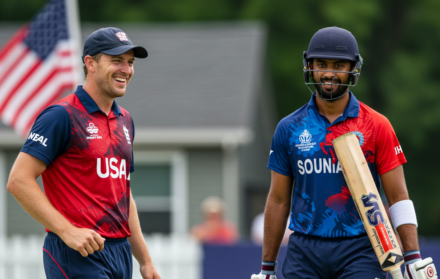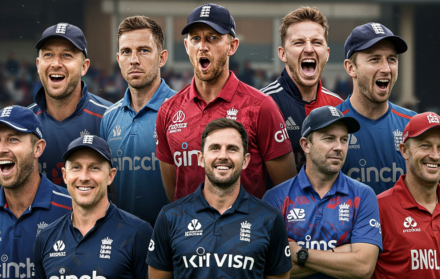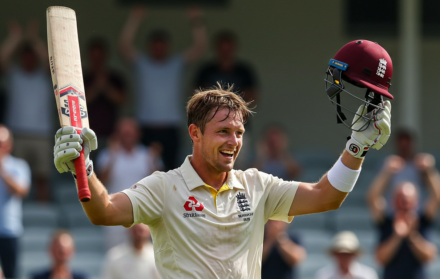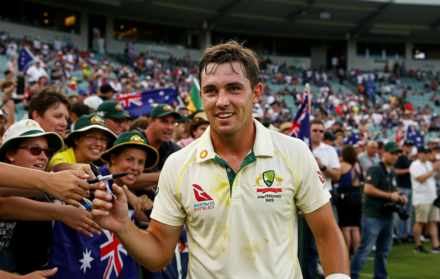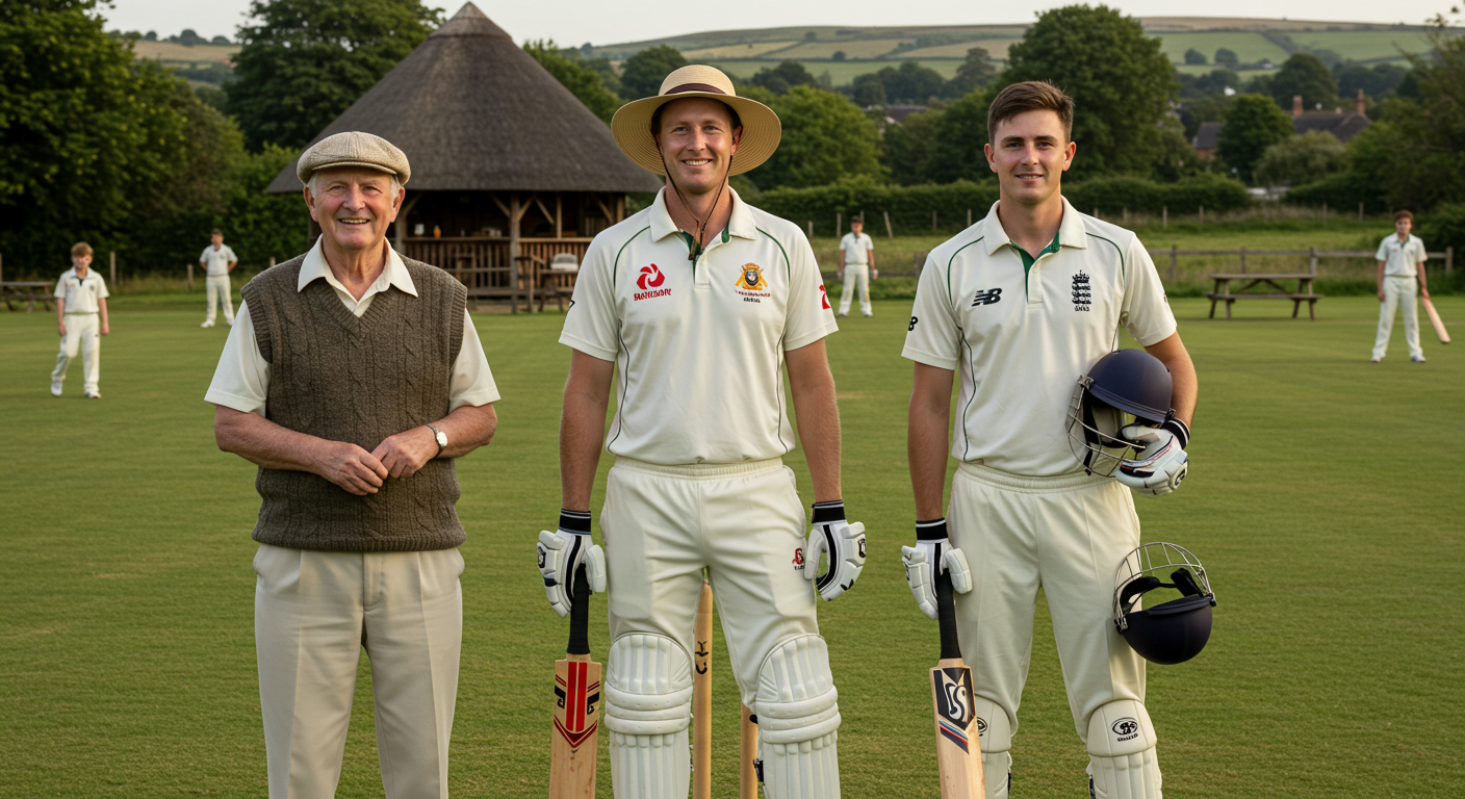
Famous Cricketing Families: Dynasties in the Sport
Cricket, more than most sports, is shaped by legacy. Across generations, families have passed down not just a love of the game, but exceptional skill, tactical acumen, and a deep-rooted sense of belonging on the field. From backyard pitches to Test arenas, the baton has been handed from parent to child, brother to brother—producing dynasties that have influenced cricket at every level.
These aren’t just one-off success stories. These are households where cricket runs in the blood. Fathers playing alongside sons, brothers making history together, cousins competing on the world stage—these stories show how powerful heritage can be in shaping a cricketer’s journey.
The impact of these families goes beyond statistics. They’ve driven rivalries, shaped national team cultures, and inspired fans around the world. For many, the surname is enough: the Chappells, the Pollocks, the Amarnaths. The connection between family and cricketing excellence is undeniable.
In this article, we spotlight ten of the most famous cricketing families—those who didn’t just play the game, but helped define it. From Australia to India, South Africa to Pakistan, these dynasties prove that talent, when nurtured across generations, can become something truly historic.
1. The Chappell Family (Australia)
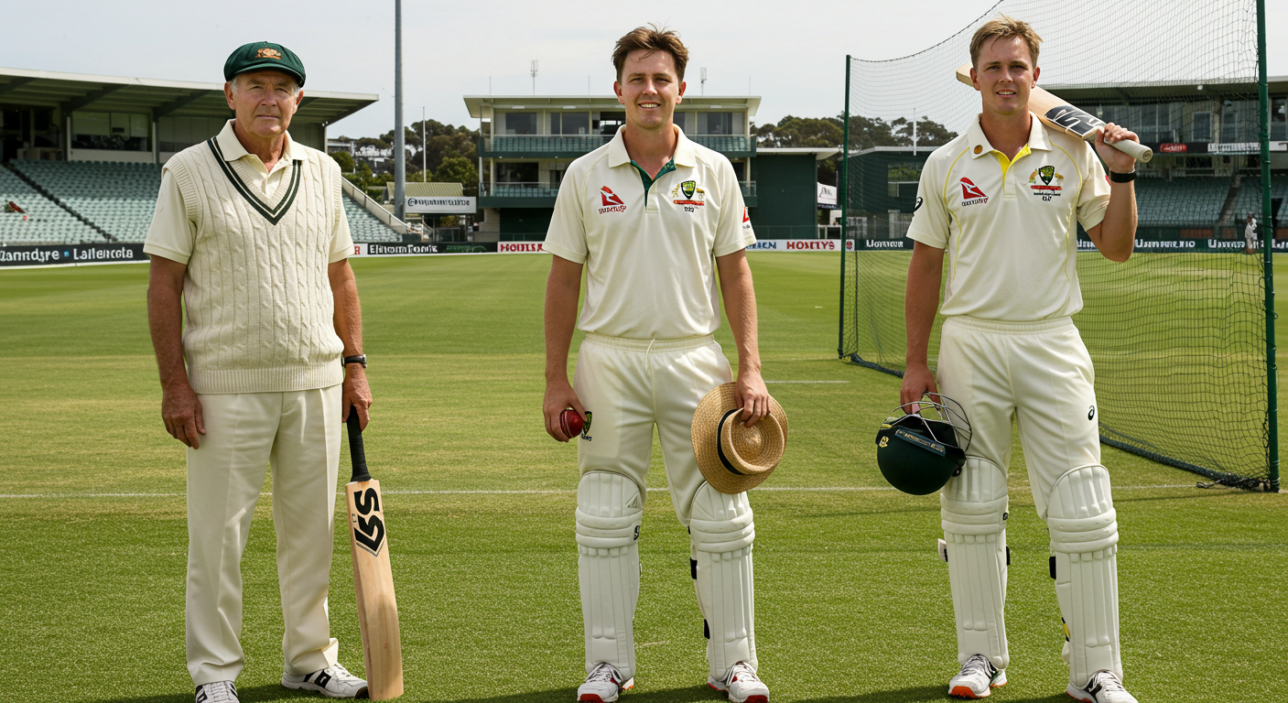
When you think of Australia’s cricketing identity in the 1970s and ’80s—tough, competitive, unrelenting—you think of the Chappells. This was a family that not only produced three first-class cricketers, but shaped the national team’s direction during a defining era.
Ian Chappell was the eldest of the trio and a natural-born leader. As captain, he led Australia with grit and aggression, standing firm during a period when West Indies dominance threatened global balance. His batting was assertive, and his fielding razor-sharp. He helped lay the foundation for the modern Aussie mentality.
Greg Chappell, arguably the most gifted of the brothers, brought elegance and precision to the middle order. He scored over 7,000 Test runs and captained the side himself, though his leadership was more subdued than Ian’s firebrand style. Greg’s involvement in the infamous underarm bowling incident remains a dark footnote—but his legacy as a batsman remains intact.
Then there was Trevor, the youngest. While not as celebrated, he played ODIs and etched his own place in history through that same underarm controversy.
Together, the Chappells are one of the most famous cricketing families, not just for their achievements, but for how they defined an entire era of Australian cricket.
2. The Amarnath Family (India)
In Indian cricket, few names carry the weight of tradition quite like Amarnath. From Lala to Mohinder, this family has been at the heart of India’s cricketing evolution, spanning pre-independence battles to World Cup glory.
Lala Amarnath was India’s first Test centurion and a pioneer of the game in the country. He captained the national side post-independence and was known for his defiant strokeplay and fighting spirit. Beyond the pitch, he played a key role in shaping post-colonial cricket structures and mentoring future generations.
His son, Mohinder Amarnath, brought his own blend of resilience and class. Known for his courage against pace, Mohinder stood tall—literally and figuratively—during India’s victorious 1983 World Cup campaign. He was man of the match in both the semi-final and final, a testament to his cool-headed contributions in high-pressure scenarios.
The Amarnath legacy is unique because it represents not just skill, but evolution. One generation broke ground in an emerging cricketing nation; the next helped deliver global success.
Their story is deeply intertwined with India’s own cricketing rise, making the Amarnaths one of the most famous cricketing families the sport has ever known.
3. The Hadlee Family (New Zealand)
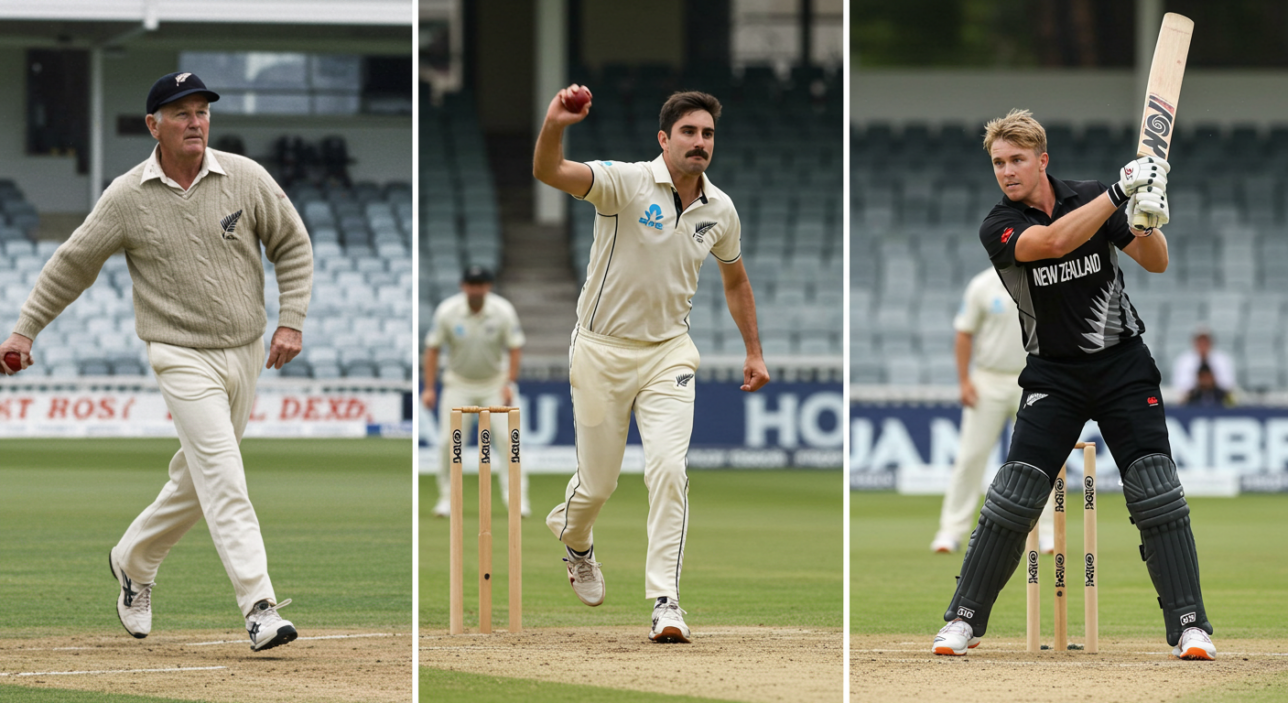
Few cricketers have towered over a team’s fortunes quite like Sir Richard Hadlee. But the story of the Hadlees stretches beyond his personal dominance—it begins with his father, and continues through a remarkable lineage of sporting excellence that helped shape New Zealand cricket.
Walter Hadlee captained New Zealand in the late 1940s, during a period when the country was still finding its footing in international cricket. He was a strong leader, technically sound, and deeply committed to the sport’s development off the field. His sons, however, would take that foundation and redefine what was possible.
Richard, the youngest, became a global icon. With 431 Test wickets and over 3,000 runs, he wasn’t just New Zealand’s best player—he was often their only hope. His ferocious outswingers, pinpoint accuracy, and all-round skill transformed the Kiwis into a side capable of toppling anyone, anywhere.
Two other Hadlee brothers, Dayle and Barry, also played for New Zealand. While their careers didn’t reach the same heights, their presence speaks volumes about the depth of talent within one household.
It’s impossible to talk about elite sporting dynasties without including the Hadlees—one of the most respected and enduring names among famous cricketing families.
4. The Pollock Family (South Africa)
Some surnames carry weight. In South African cricket, “Pollock” is one of them. Between father Peter and sons Shaun and Andrew, this family helped stitch together decades of South African cricketing excellence—across eras divided by isolation and reintegration.
Peter Pollock was part of the fearsome Proteas pace attack of the 1960s, known for his relentless aggression and his knack for dismantling top orders. He was instrumental in South Africa’s rise during a politically complex period, often acting as a bridge between players and administration as the sport navigated turbulent waters.
Then came Shaun, a metronomic seamer who led South Africa into the modern age. Economical, accurate, and composed under pressure, Shaun finished his career with over 800 international wickets and captained his country with quiet resilience during a time of transition. He also offered crucial lower-order runs, often digging the side out of trouble.
Andrew Pollock, though not a household name like his brother, added depth to the family’s cricketing contribution through domestic performances and mentorship.
Together, the Pollocks reflect more than just raw talent—they reflect continuity, character, and commitment to national pride. It’s no surprise they’re regularly cited in any conversation about famous cricketing families.
5. The Akmal Family (Pakistan)
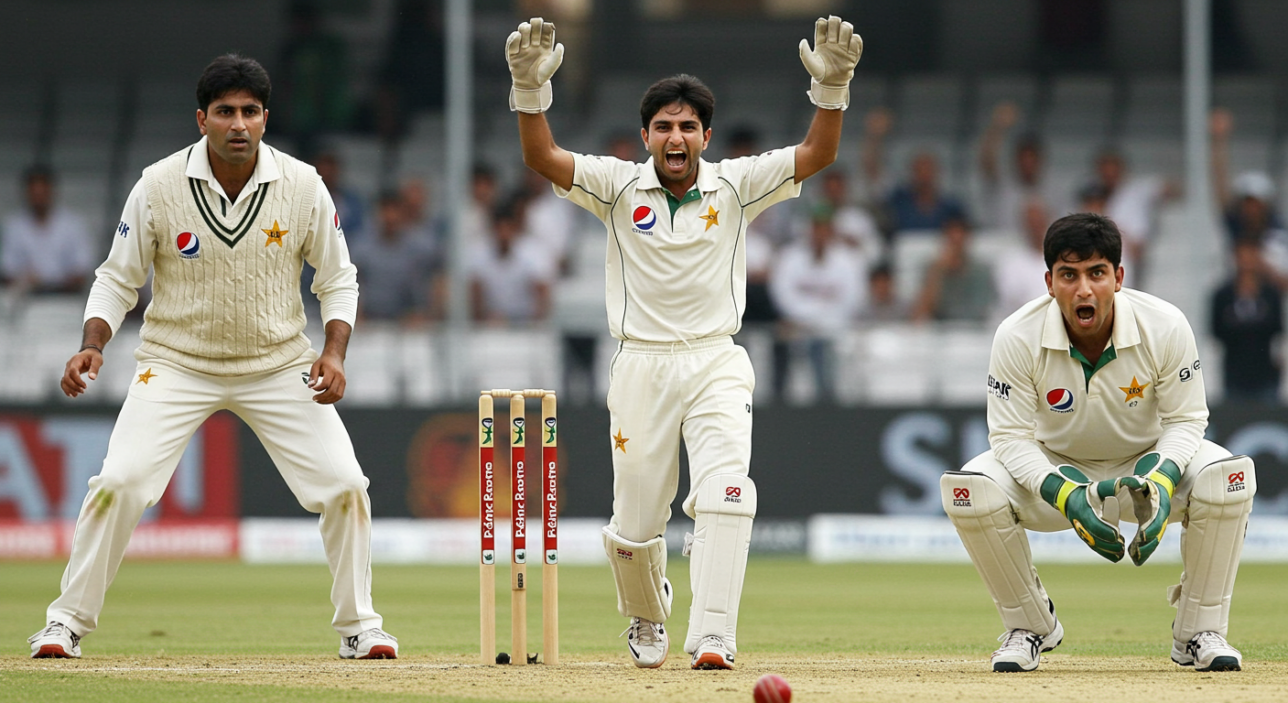
In a country known for producing mercurial talent, the Akmal brothers brought a mix of flair, controversy, and raw ability that kept fans talking—sometimes for the right reasons, sometimes not.
Eldest brother Kamran Akmal burst onto the scene as a wicketkeeper-batter capable of game-changing performances. His century at Karachi in 2006 to rescue Pakistan from near-certain defeat remains one of his finest hours. While his glove work was often questioned, few could doubt his value with the bat—particularly in high-pressure chases.
Umar Akmal, perhaps the most naturally gifted of the trio, showed early promise with a debut century in New Zealand. His aggressive style and free-flowing strokeplay earned comparisons to legends, but inconsistency and disciplinary issues held him back from fulfilling his full potential.
Adnan Akmal, the most reserved of the three, quietly built a solid reputation behind the stumps. Though his international career was shorter, his commitment and discipline were never in question.
Between them, the Akmals represent the highs and lows of Pakistani cricket—raw talent, emotional intensity, and moments of brilliance underpinned by volatility. Still, the fact that three brothers played for their country speaks volumes. They’re undeniably part of the landscape when discussing famous cricketing families.
6. The Marsh Family (Australia)
Australian cricket’s long legacy of gritty batters and strong characters includes the Marsh clan, whose influence spans two generations—and two very different eras.
Geoff Marsh, nicknamed “Swampy,” was part of the Australian side that rebuilt itself into a dominant force during the late 1980s. A tough opener, he was known more for graft than glamour, playing a crucial role in Australia’s 1987 World Cup victory. Post-retirement, Geoff transitioned into coaching, later becoming national selector—cementing his position as a long-term contributor to the Australian system.
His sons took a different path, bringing flair to the family’s foundation. Shaun Marsh, elegant and frustrating in equal measure, possessed immense talent but struggled for consistency. When he clicked, though, his strokeplay—particularly through the covers—was a sight to behold.
Mitchell Marsh added the power game. A big-hitting all-rounder, he matured over time into a dependable limited-overs performer and a pivotal Test match figure in Australia’s 2023 Ashes campaign.
It’s not just that multiple Marsh family members played for Australia—it’s that they did so with distinctly different styles and personalities. That range of expression, under one surname, is what makes the Marshes a fixture among famous cricketing families.
7. The Pathan Family (India)
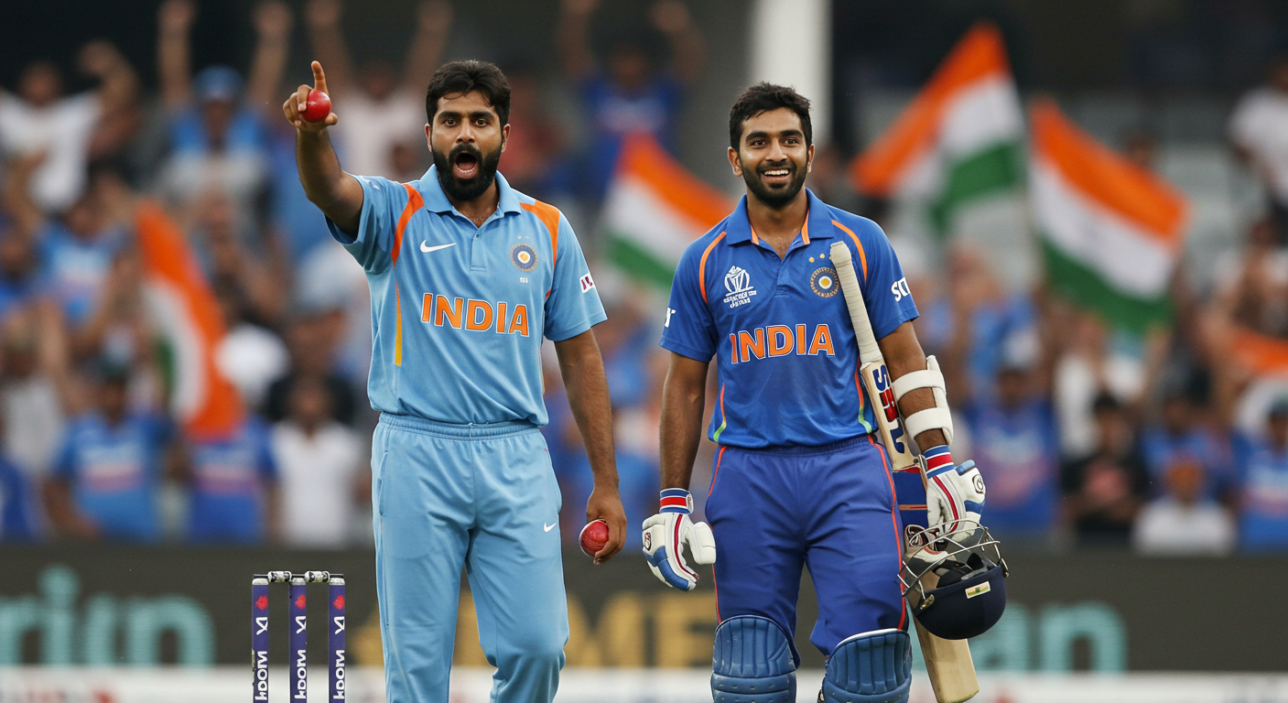
Few Indian players have burst onto the scene with as much impact as Irfan Pathan. Swinging the ball both ways at pace, he quickly became a fan favourite—and his family’s cricketing story was only just beginning.
Irfan’s rise from modest beginnings in Vadodara to the Indian national team captured public imagination. His performances in the mid-2000s, particularly the unforgettable hat-trick in the first over against Pakistan, made him one of the most exciting all-rounders of his generation. But his brother Yusuf offered something entirely different.
Yusuf Pathan was a late bloomer, but once given the stage, he turned into a match-winner in limited overs. His explosive power made him a fixture in India’s T20 World Cup-winning side in 2007 and the 2011 ODI World Cup squad. When he got going, bowlers had nowhere to hide.
What sets the Pathan brothers apart is how they complemented each other. Irfan brought grace and discipline, Yusuf brought brute force—and together they embodied the spirit of new-age Indian cricket.
Their contrasting styles, shared drive, and mutual support made the Pathans one of the most dynamic stories among famous cricketing families in the modern era.
8. The Waugh Family (Australia)
There’s tough—and then there’s Waugh tough. The Australian team of the 1990s and early 2000s dominated world cricket, and the Waugh twins were at the heart of it.
Steve Waugh was the steely captain who led Australia into its most successful Test era. Unflinching under pressure, he brought an edge to the side that made them both feared and admired. With over 10,000 Test runs and an Ashes win in nearly every series he played, his record speaks for itself.
Mark Waugh, more relaxed but no less brilliant, was an artist at the crease. His timing, especially through the off side, was second to none. While Steve built innings through grit, Mark glided through them with flair. Together, they created a blend of force and finesse that few teams could match.
Their careers ran in parallel, yet each stood on their own merit. And as twins playing at the highest level together, they brought something uniquely compelling to the game. The Waughs aren’t just one of Australia’s best brother duos—they’re icons among the world’s most famous cricketing families.
9. The Afridi Family (Pakistan)
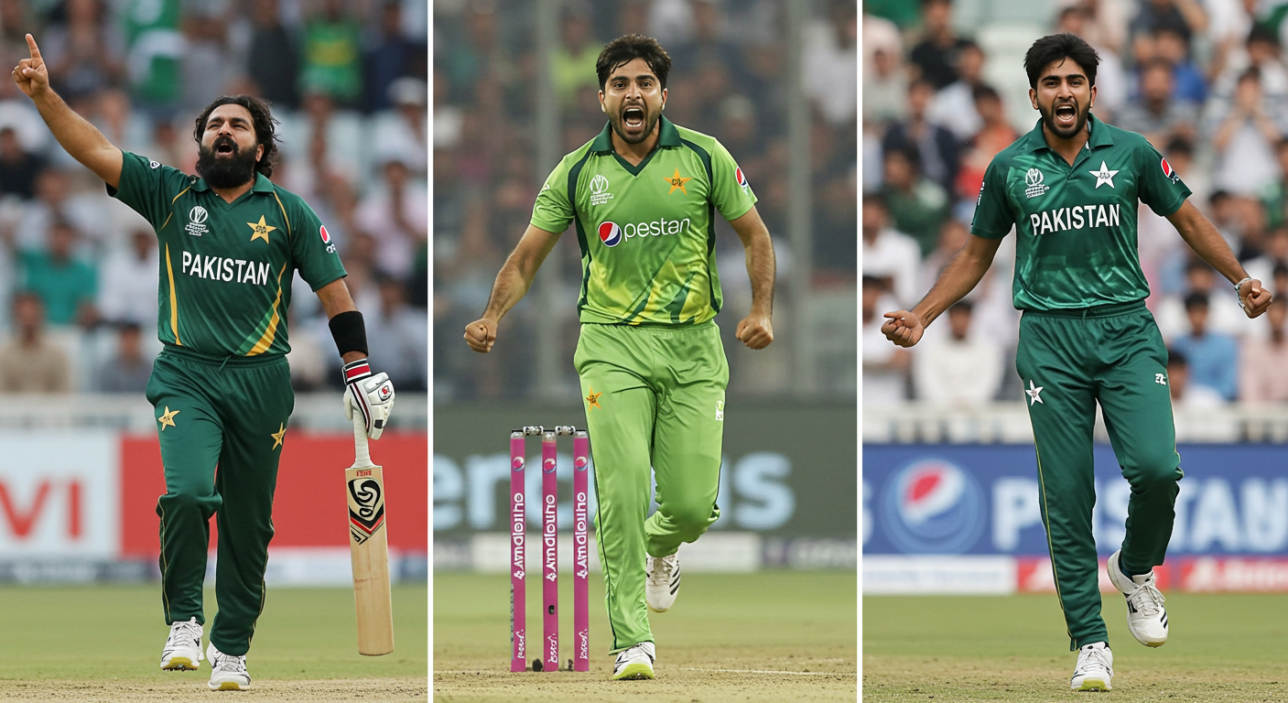
Shahid Afridi is a name that needs little introduction. Boom Boom’s explosive batting, unpredictable bowling, and charismatic persona made him a household name. But the Afridi cricketing lineage didn’t begin—or end—with him.
While Shahid is the flagbearer, his cousins and now his sons are continuing the tradition. His cousin Junaid Khan and others from the extended Afridi family have played professionally, though with less fanfare. More recently, Afridi’s daughter married Pakistan’s fast bowler Shaheen Shah Afridi, linking two strong cricketing bloodlines and creating what some fans jokingly call a “super dynasty.”
Shahid himself remains one of the most enigmatic figures in Pakistan’s cricketing history—capable of turning games with either bat or ball, and always playing with a sense of audacity that reflected his personality. His legacy, though at times divisive, is undeniable.
What makes the Afridi story particularly compelling is how the family continues to stay connected to the game across generations. In Pakistan, where cricket is religion, this enduring presence makes the Afridis central to the conversation around famous cricketing families—past, present, and perhaps future.
10. The Curran Family (England)
The Curran name may not yet carry the global weight of others on this list, but its rise in recent years has been swift, multi-generational, and full of promise.
Kevin Curran, the family’s patriarch, was a dependable all-rounder for Zimbabwe and a respected coach after his playing days. His work ethic and cricketing values laid the foundation for what was to come.
His sons, Tom and Sam Curran, have brought those lessons onto the world stage. Tom, the elder, emerged first—his deceptive variations and composed temperament making him an asset in white-ball cricket. Sam, however, has become the breakout star. A left-arm seamer who can swing it both ways and clear the ropes with the bat, he’s been England’s match-winner on multiple occasions across all formats.
Their brother Ben also plays professionally, and while not yet on the international radar, he rounds out a trio that proves the Curran family is more than just hype.
Still in their twenties, the Currans represent the new generation of elite athletes forged from cricketing homes. And as they continue to grow, their place among the most famous cricketing families feels not just earned—but inevitable.
Conclusion: Why Famous Cricketing Families Still Matter Today
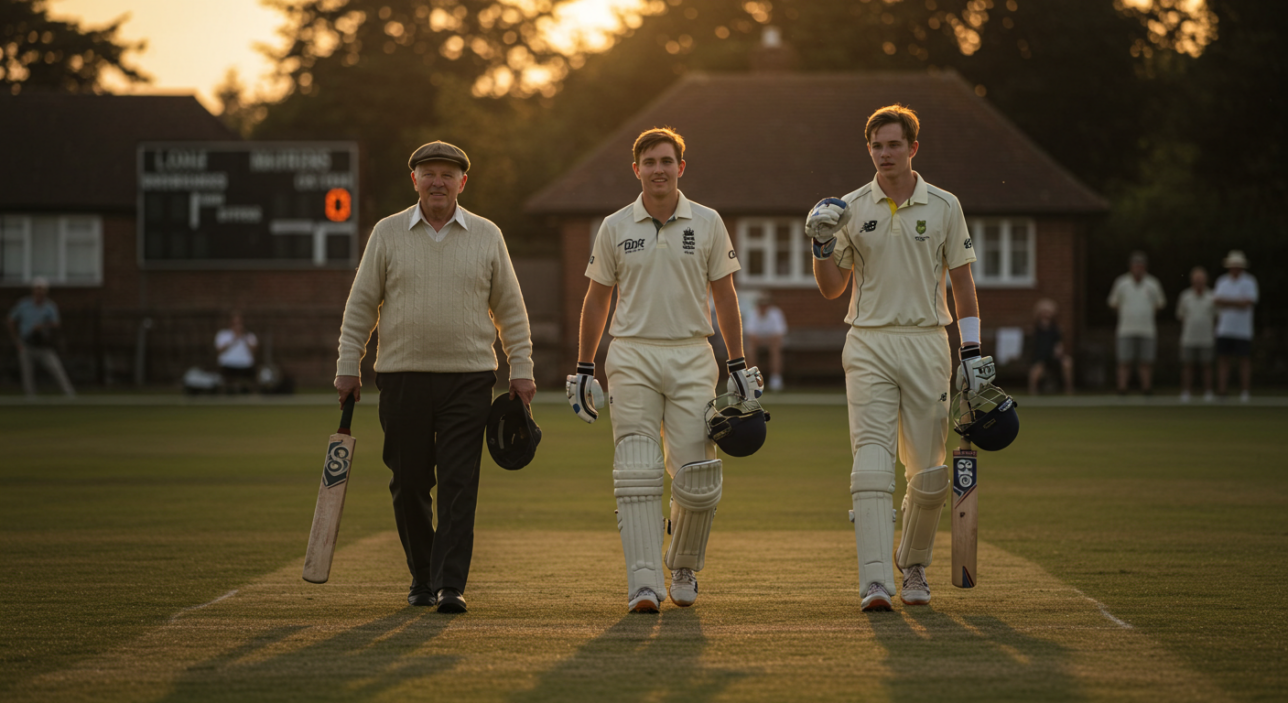
There’s something timeless about legacy. In cricket, it takes on an even richer form—rooted not just in numbers, but in identity, tradition, and generational impact. The famous cricketing families featured in this list haven’t just produced elite players; they’ve helped shape the game’s history.
From backyards in Baroda to stadiums in Brisbane, the stories of these families show us that cricket isn’t always just about individual brilliance. It’s also about inheritance—of mindset, opportunity, pressure, and pride. Watching a son bat like his father, or a younger brother eclipse an older one, adds a layer of narrative that makes the sport more human.
These families often carry the hopes of nations, and with every new debut, a surname can carry weight long before a bat is raised. Whether it’s the ruthless professionalism of the Chappells, the artistry of the Waughs, or the raw energy of the Pathans, these dynasties enrich cricket’s emotional tapestry.
And with younger generations like the Currans and Afridis rising, the story is far from over. The cycle continues. Because in cricket, bloodlines are more than biography—they’re legacy in motion. That’s the enduring power of the world’s most famous cricketing families.

